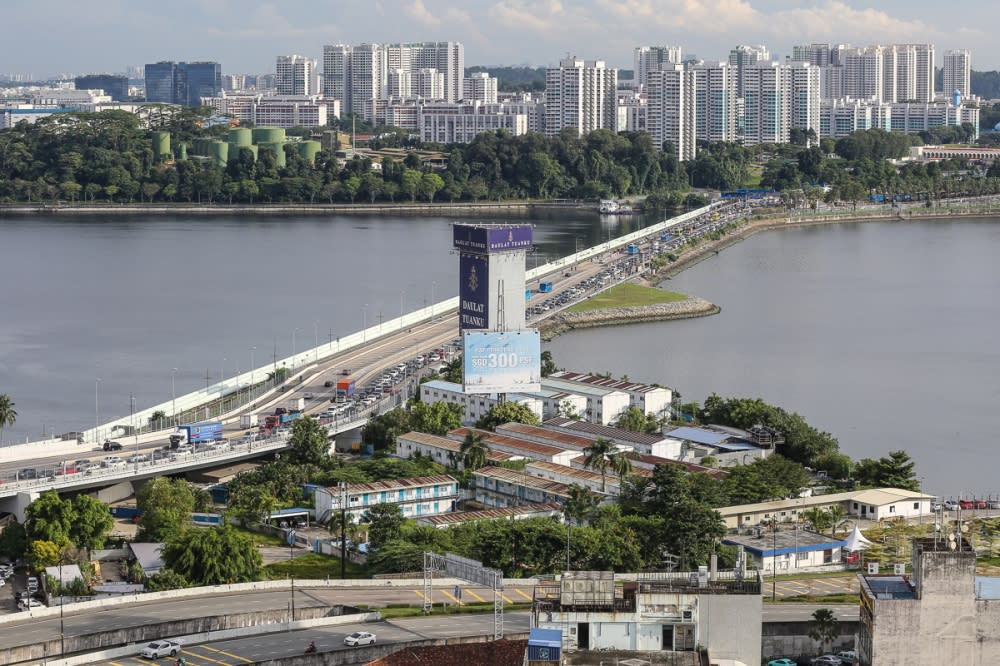With RTS being built, Singaporeans buy Johor units as property gets pricier in home country

KUALA LUMPUR, Dec 18 — Singaporeans are snapping up Johor real estate even though the Rapid Transit System (RTS) link between the island republic and Malaysia is yet to be completed after their government made it more expensive to own more than one property by increasing the additional buyer’s stamp duty, The Straits Times reported today.
Singaporeans made up 40 per cent of buyers for the Princess Cove condominium in Johor Baru after the republic increased the additional buyer’s stamp duty last April, the Singapore daily reported, citing deputy general manager of the China-based property developer R&F, Xu Jie.
“Property prices will only get higher the closer it gets to the completion of the RTS,” he was quoted as saying.
Xu told the newspaper that the other buyers were from Malaysia, China and Taiwan though the breakdown in numbers was not disclosed.
According to Straits Times, sales of property in Johor, especially between April and September, was five times more than in the same period last year.
The number rose exponentially after the borders between both countries, which had shut during the Covid-19 pandemic from 2020, reopened.
Xu attributed the construction of the RTS as the main reason for Singapore buyers, saying Princess Cove is less than a 10-minute walk from the Johor Baru checkpoint.
“Just taking a glance at the sea, the RTS’ construction is clearly visible,” Xu told the newspaper.
Another major development project in Johor Baru known as MBW City, said to be a seven-minute drive from the RTS station, is also seeing a large number of prospective buyers.
The Straits Times cited Datuk Jacky Ker, executive director of property agency Premier Plus, saying there have been many inquiries about the 540-unit project with another 1,000 on the waiting list.
The newspaper also cited Tan Wee Tiam head of the research and investment services department at KGV International Property Consultants in Johor Baru, anticipating a bigger boom in demand for residential and commercial properties in Malaysia’s southernmost state once the RTS, which is meant to alleviate the road traffic snarl between the two countries, is completed.
But he urged the authorities to be cautious in approving new development projects.
“The problem arises only when all developers rush in and overdevelop.
“That was what happened in the last boom from 2012 to 2014 when every developer ventured into high-rise condominiums or serviced apartments,” Tan was quoted as saying.
The 4km long RTS link is capable of transporting 10,000 passengers every hour to and from Woodlands North MRT station in Singapore and Bukit Chagar, Johor Baru.
It is aimed to alleviate the bottleneck traffic congestion on the Johor Baru-Singapore causeway that is currently used by more than 300,000 Malaysians working in Singapore.
The rail link is scheduled to be completed by 2026.
Construction is more than 50 per cent done as of November.
Johor housing and local government committee chairman Jafni Shukor was reported by Sinar Harian as saying in November that the state government is confident of resolving the state’s property glut issue in the next three years.
Only in the second quarter of last year, Johor had 6,040 unsold property units and the number went down to 4,717 units by the first half of this year.



